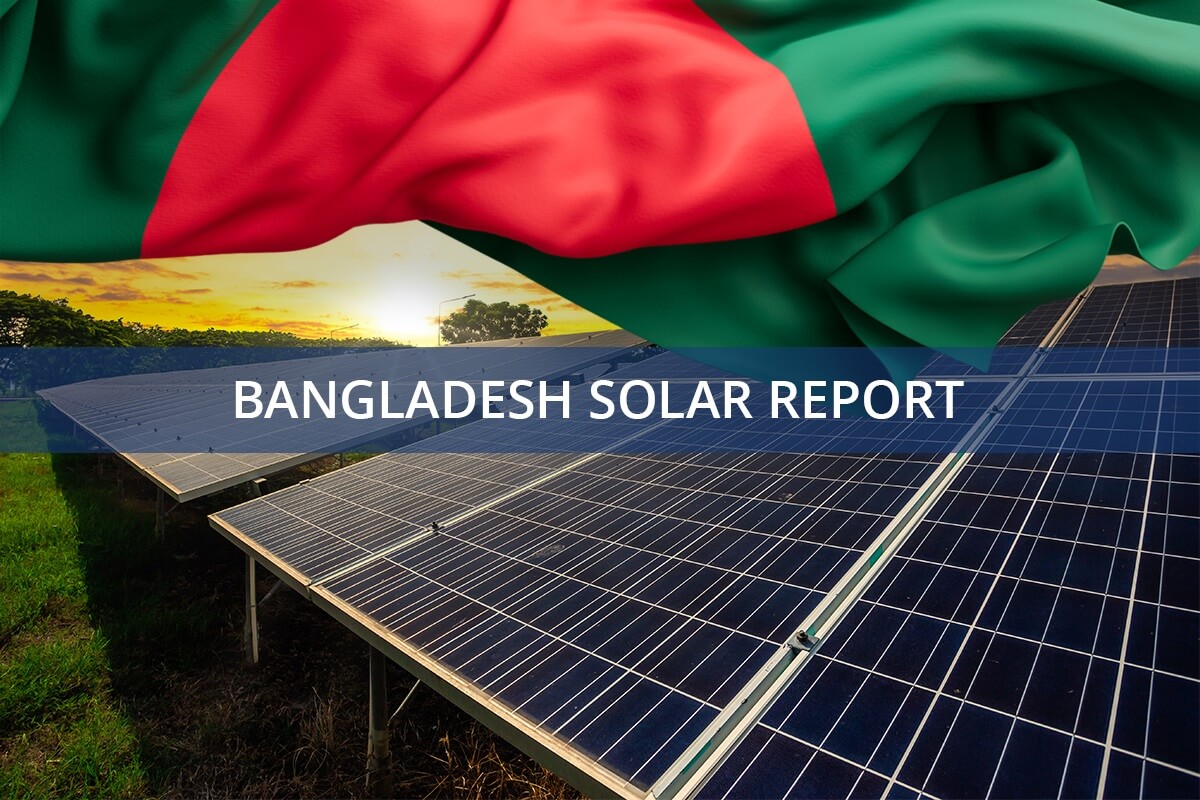Bangladesh Solar Tender: Largest Renewable Energy Project
Bangladesh has embarked on a monumental journey toward renewable energy by launching its largest solar tender to date, targeting the development of 2.6 GW of solar projects. This ambitious initiative by the Bangladesh Power Development Board (BPDB) is a significant step in the country’s strategy to transition from fossil fuels to renewable sources of energy. As detailed in the BPDB’s official announcement, the tender is split into two segments: 1.6 GW is allocated for the national grid, and 1 GW is dedicated to the southwestern region of the country. Developers are invited to submit bids for one or both segments, with a competitive cutoff price set at US$0.08/kWh. The deadline for bid submissions is November 14.
Bangladesh Solar Tender: Advancing Solar Power and Renewable Energy
This tender is a core component of Bangladesh’s broader objective to enhance its renewable energy capacity to 30% by 2030. The country aspires to add 6,000 MW of renewable capacity by 2025, with 4,000 MW specifically from solar power. Currently, Bangladesh boasts around 1.2 GW of installed solar capacity and has another 2.7 GW in various development stages. The nation is also actively pursuing other renewable energy projects, including wind and hydropower. Given Bangladesh’s average solar radiation of 4.5 kWh/m2 per day, solar energy is not only viable but increasingly cost-effective.
Bangladesh Solar Tender: Challenges and Benefits of Solar Expansion
Despite its solar potential, Bangladesh faces several challenges, such as limited land availability and inadequate infrastructure for solar deployment. Nevertheless, the government’s commitment to expanding solar power stems from its numerous benefits, including job creation, energy cost reduction, and significant environmental advantages. Transitioning to renewable energy promises to diminish the country’s reliance on fossil fuels, enhance air quality, and combat climate change. Solar power, harnessed via rooftop panels, large-scale farms, or solar water heaters, is increasingly accessible due to government incentives like subsidies, tax breaks, and net metering policies.
Bangladesh Solar Tender: The Role of Solar Power in the Energy Sector
Solar power plays a pivotal role in Bangladesh’s energy landscape, a country traditionally dependent on fossil fuels. By 2022, solar energy contributed 0.5% to the total electricity generation capacity, with an installed capacity of 1,025 MW. The government targets a renewable energy share of 10% in the power mix by 2030, with solar power expected to contribute an installed capacity of 4,000 MW. This clean, reliable, and increasingly affordable energy source has seen a 90% reduction in costs over the past decade.
Bangladesh Solar Tender: Overcoming Challenges in Solar Adoption
Despite the promising outlook, Bangladesh’s solar power adoption faces hurdles such as high initial costs, limited awareness, and insufficient government support. However, ongoing projects and initiatives are addressing these obstacles, promoting solar power’s adoption across the country.
Bangladesh’s 2.6 GW solar tender is a monumental step in its renewable energy journey, aiming to reduce fossil fuel dependence, create jobs, and improve air quality. This initiative is expected to attract both domestic and international developers, further boosting the country’s solar capacity and advancing its sustainable energy goals. More information on this transformative initiative can be found on PV Know How.

